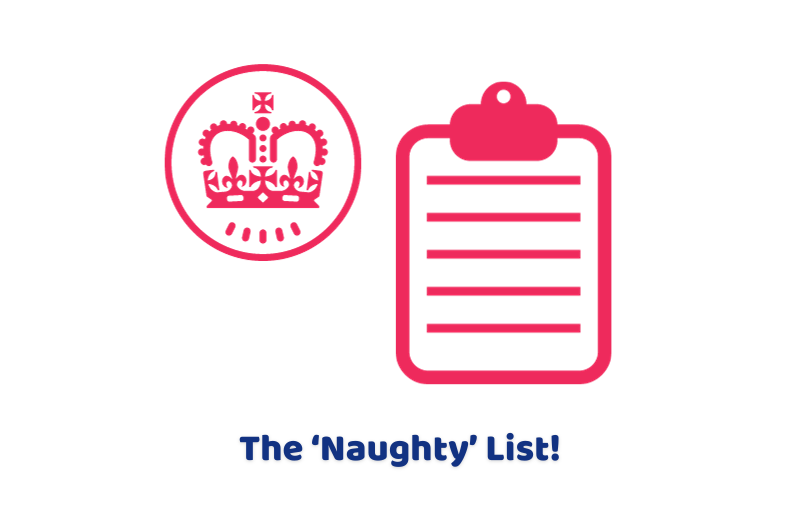Taxpayers might be forgiven for considering that HM Revenue and Customs (HMRC) has more than enough powers to tackle taxpayers over what it regards as ‘naughty’ behaviour. However, taxpayers are not alone; HMRC’s attention seems to be turning increasingly to agents and tax advisers, including for (what HMRC regards as) leading taxpayers astray with ‘dodgy’ tax schemes.
Naming and Shaming
For example, since 2009 HMRC has had the power to ‘name and shame’ taxpayers where penalties for deliberate behaviour (including tax return errors) have been imposed if the potential lost revenue exceeds £25,000, except in limited circumstances. The tax offenders’ register is published on the Gov.uk website (tinyurl.com/HMRC-CLDTD). This policy of publishing information was extended (in FA 2022) in relation to tax avoidance schemes. HMRC can publish any information or documents it considers appropriate “…to inform taxpayers about the risks associated with a tax avoidance scheme and/or to protect the public revenue”. The information HMRC can publish includes:
- Details of schemes HMRC suspects to be tax avoidance schemes.
- The names of suspected ‘promoters’ of such schemes (and connected persons).
- Where a tax avoidance scheme promoter has suggested that their schemes always work, details of other schemes they have promoted that have been defeated.
In addition, HMRC may generally publish information about anyone who has (or is suspected of having) any other role in making the tax avoidance scheme available. However, if HMRC intends publishing information that identifies a person, HMRC must first give the person 30 days to make representations about whether the information should be published.
Giving Taxpayers a ‘Heads-Up’
HMRC will generally publish information on the Gov.uk website, and possibly write directly to warn taxpayers about the risks of tax avoidance schemes. For example, HMRC might contact users of publicised tax avoidance schemes by letter to warn of the risks of continuing in such arrangements, or to inform them about the actions that HMRC is taking in relation to a scheme. Other appropriate channels may also be used to publish information about tax avoidance schemes, so that the information reaches the widest audience possible.
And so it Begins
Despite these powers only having been in place since 24 February 2022, HMRC has wasted no time in using them:
- A ‘Current list of named tax avoidance schemes, promoters, enablers and suppliers’ has been published on the Gov.uk, which is regularly updated (tinyurl.com/HMRC-TAS-info).
- HMRC has also started publishing documents such as evidence of marketing material used by scheme promoters and suppliers to encourage taxpayers to use their tax avoidance schemes (e.g., see tinyurl. com/HMRC-TAS-Evidence).
People who believe they are involved in a tax avoidance scheme are advised to contact HMRC as soon as possible (03000 534 226). HMRC is also urging people who have been encouraged to get into a tax avoidance scheme or have had contact with someone selling tax avoidance schemes to report this by using an online form (www. gov.uk/report-tax-fraud).
Practical Tip
If a tax avoidance scheme has not been included in HMRC’s list, this does not mean that the scheme works as intended, or that HMRC has ‘blessed’ it. HMRC does not ‘approve’ tax avoidance schemes. So, taxpayers should consider seeking a second professional opinion if they are offered tax planning arrangements, particularly if they seem too good to be true.

